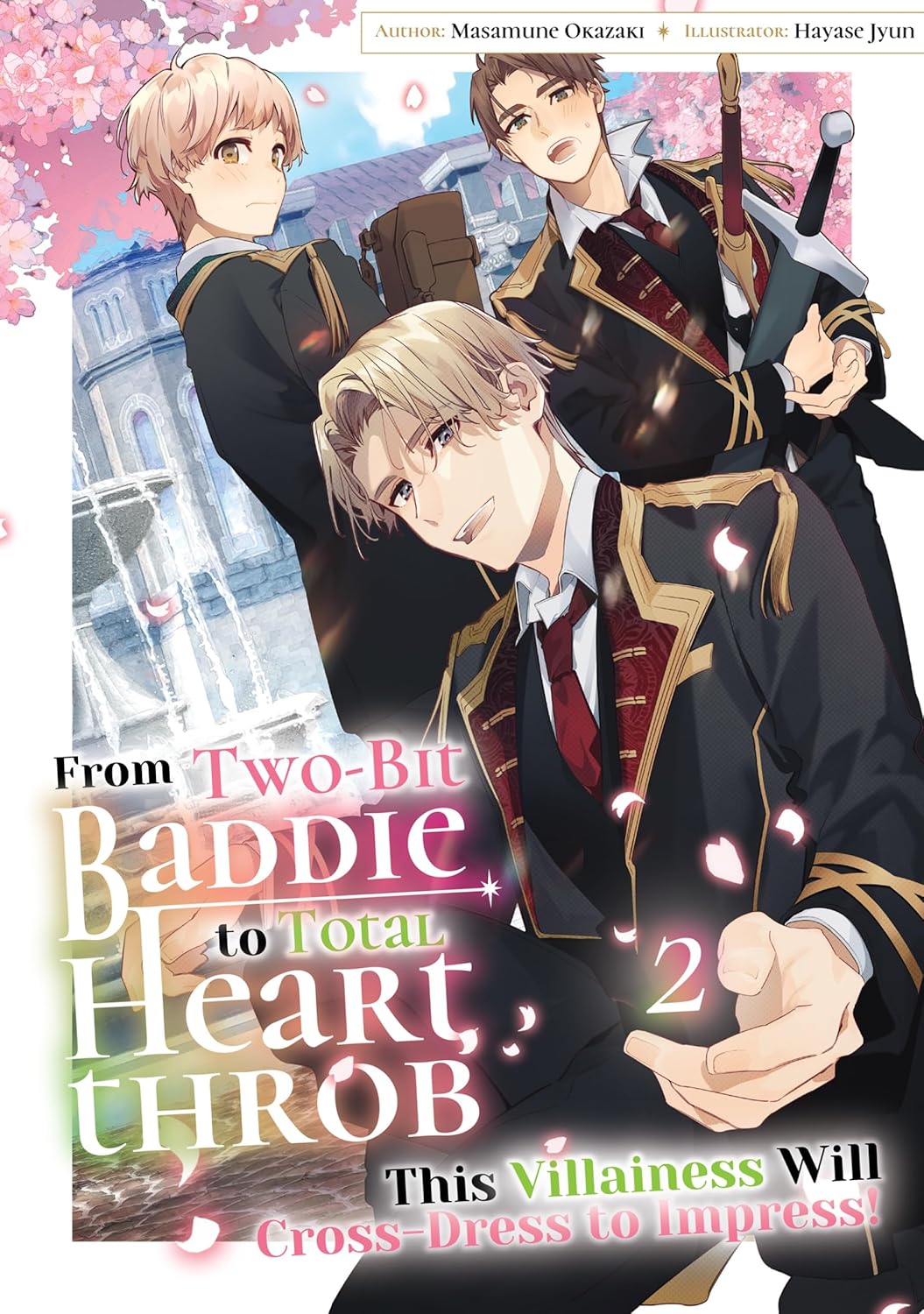By Bunzaburou Nagano and Neruzo Nemaki. Released in Japan as “Dagashiya Yahagi: Isekai ni Shutten Shimasu” by Earth Star Novels. Released in North America by J-Novel Club. Translated by Mizuki Sakamoto.
I always feel a little awkward when I’m reviewing these slow life titles, because I inevitably feel like I’m picking on them. Most of this volume consists of the slow life stuff itself, and it’s fine. I enjoyed it. There’s lots of selling new snacks with odd status buffs, or accidentally giving the gnomes their legendary armor. Meryl is funny, we actually learn a bit about Mira’s family. My favorite part was when the three of them set out to track some monsters that have big treasure chests in their lair, take out the monsters, and actually get the treasure, which does indeed have so much money that even Meryl puts most of it into savings in the bank. The trouble is there’s very little to actually review about slow life. So I have to look for other things to talk about. And frankly, those things are less enjoyable. Ah well. At least we got to see Meryl’s hilariously bad luck a few more times.
After the events of the last book, Chichi is in prison, and Yahagi and Michelle are living a happy if still chaste cohabitational life. Yahagi has realized that, for some reason (honestly, it sort of beggars belief), no one has tried to map the dungeon, so he sets out to try to do so, selling them to adventurers as he completes floors. Also, his stand is now definitely a shop, complete with a living space at the back, much to Michelle’s delight. He’s also discovered that he now has actual magic! And not just his Dagashi-ya magic either. Unfortunately, Chichi is not going to simply sit back and accept being imprisoned. She’s got a plan to escape and get her revenge on her sister and Yahagi…
So, in reverse order from least annoying to most annoying. 1) like a lot of light novel folks, our hero and heroine seem to think that the only sex they can have is the missionary kind that runs the risk of pregnancy, so all they do is kiss and cuddle. I urge them to remember there are other ways to express physical love. 2) Yahagi learns a spell that allows him clairvoyance, to the point where he can even search backwards in time, but it gives him mild to mid-range heart attacks. ARE YOU KIDDING? I hope this is dealt with in later books, but dude, stop giving yourself heart attacks and then NOT TELLING ANYONE. 3) the main redemption arc in this book was carried out through the use of mind-control snacks that charm you into falling in love with someone if used too often (they literally say this), and also having the evil buffed out of you by an angel from heaven so that you’re no longer a main antagonist. I can’t even begin to say how annoyed I was with that whoooole subplot.
But, other than that, it was fine. I’ll read the next one. I would sum it up as “mid (affectionate), with a slight side of mid (derogatory)”.


